Cultural landscapes of the past as Wilderness of tomorrow?
This is the second part of a two-part article. Read the first part to find out how the present landscapes were created throughout the millenia.
In the beginning of the 19th century, it is estimated that the Greek forests, most publicly owned until today, covered about 50% of the Greek territory. Since then, the population growth and the economic development have limited forests to 25% and open woodlands (often degraded forests) to 24% with ongoing decline in favor of cultural landscapes. Bavarian foresters brought to Greece by the first Bavarian King Otto (1832-1862) made the first attempt of forest inventory and management. This period includes the first attempts to implement specific forest legislation, separation of public from private forest, definition of forest management and exploitation. But this was without spectacular results.
Please also read the first part: How ancient civilizations created cultural landscapes of today
Rational exploitation of forests and the establishment of the first forestry faculties in universities like the High Forestry School in Athens characterised the next period. During this period, forestry services were established and management regimes and rules were defined; 10 years rotations were implemented to ensure sustainable management of forests. From 1931 on, systematic monitoring of forests has been applied, grazing in forests is prohibited and illegal logging strictly controlled. In 1938, the first National Forest was established on Mt. Olympus and the first forest management standards were adopted. Finally, important forestry laws were legislated to put forests under constitutional protection.
Cultural landscapes as potential Wilderness areas
The geographical position, diverse terrain, microclimate and geological substrate, as well as long human presence and diverse land use practices have created conditions for a particularly varied vegetation history and the creation of a plethora of cultural landscapes. The Greek forest is an eminently multifunctional forest providing forest products and ecosystem services.
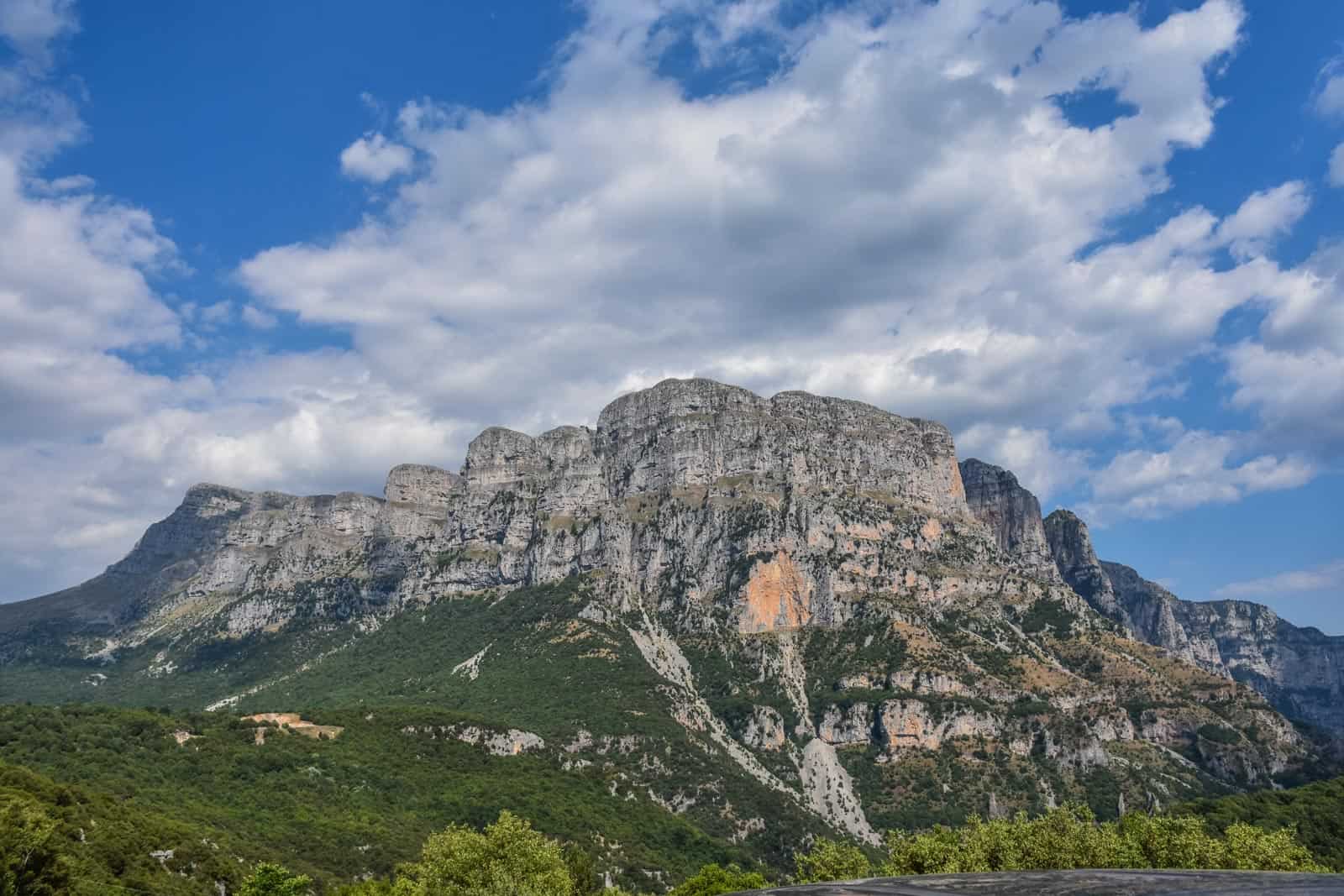
Over time, communities have created a diverse system of landscape management protecting local resources from overexploitation. Extensive wood pastures persisted over the whole mainland from sea level to mountain tops, characterized by scattered monumental trees of several hundred years old that survive even today. Abandoned cultural landscapes such as ancient wood-pastures, terraces up to the mountain peaks or sacred forests are perceived today as Wilderness.
Old-growth trees even in cultural landscapes
It is worth noting that one of the oldest pines of Europe is located in a mountain wood pasture (savanna type) ecosystem with scattered gigantic Bosnian pines near the tree line of Pindos sub-alpine mountain meadows. In the nearby core area of the Northern Pindos National Park, an old black pine has survived several ground fire incidences since the early 14th century. Natural, but also anthropogenic, fires have created this peculiar Mediterranean mountain savanna habitat to eliminate scrubs and help new grass to grow and to feed moving herds next summer.
Similarly, one of the most impressive ancient oak forests is located near the Ionian Sea (“Xeromero” forest with impressive valonian oaks of more than 350 years old). This persists to this day due to a complex silvo-pastural system. Its acorns were expensive and exported to western Europe as the large acorn cups of this species were specially valued for their tannin. These forests, that were also serving as wintering grounds for shepherds and their huge herds until recently, were furthermore home to black vultures and imperial eagles. Now, these have been illegaly killed with the use of poison baits. Cultural landscapes have been stable and robust during recent history, based on specific sophisticated management systems, characterized by small-scale periodic disturbancesto prevent potential wildfires that could threaten the whole forest ecosystem.
Local communities effectively protect their forests
Searching for “wild land” or “virgin forests” in such an old historical landscape has low chances of success. However, working for the conservation of the brown bear, golden eagle, bearded vulture and protected habitats, we visited several remote mountain areas of Greece during the last 30 years. Asking local people for the existence of non-intervention forest areas and the location of the oldest trees of Mt. Pindos, we were told that both such places were not far away, but rather just above or in the vicinity of the villages.
Our 15 years of work in the Epirus region revealed that peculiar forests were set aside as sacred and strictly protected as religious sites. Locals claim that sacred forests benefit the community as protective wood belts against landslides, avalanches, rock falls, and for the protection of the water aquifer and springs. These locally protected areas, although mostly small in size, include huge trees and enjoy the respect of the adjacent village communities. These locally adapted protection systems have successfully survived for more than three hundred years.
Northern Pindos National Park and the recently designated UNESCO Global Geopark are located near the Albanian borders. They are famous for the Guinness World Record of Vikos gorge as the steepest / narrowest gorge of the world! Today, they are the least populated areas of Greece. At the same time, they are home to the brown bear, wolf, probably the Balkan lynx and the healthiest population of Balkan Chamois in the country. And they are definitely worth a visit!
This is the second part of a two-part article. Read yesterday´s part to find out how the present landscapes were created throughout the millenia.

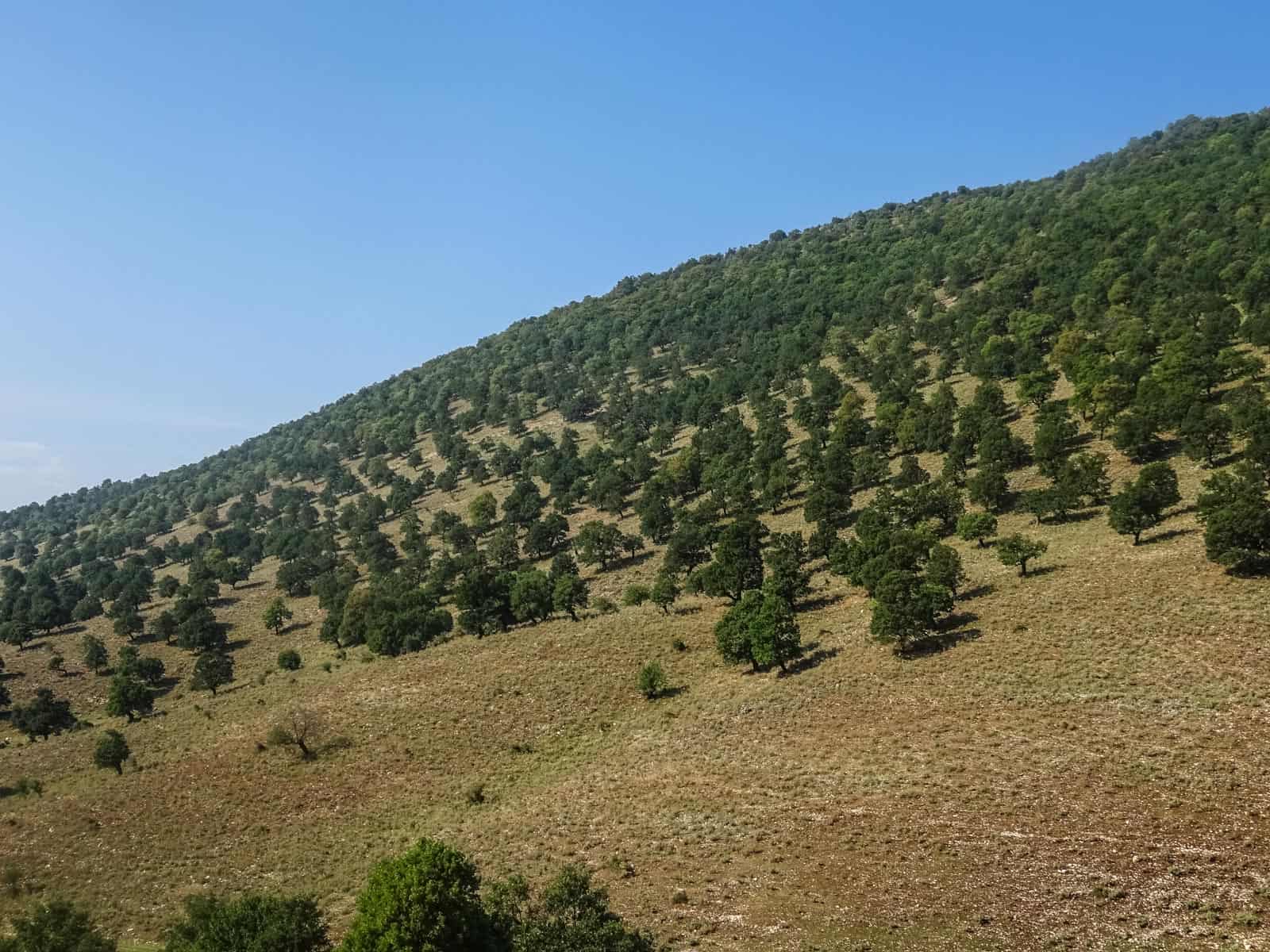
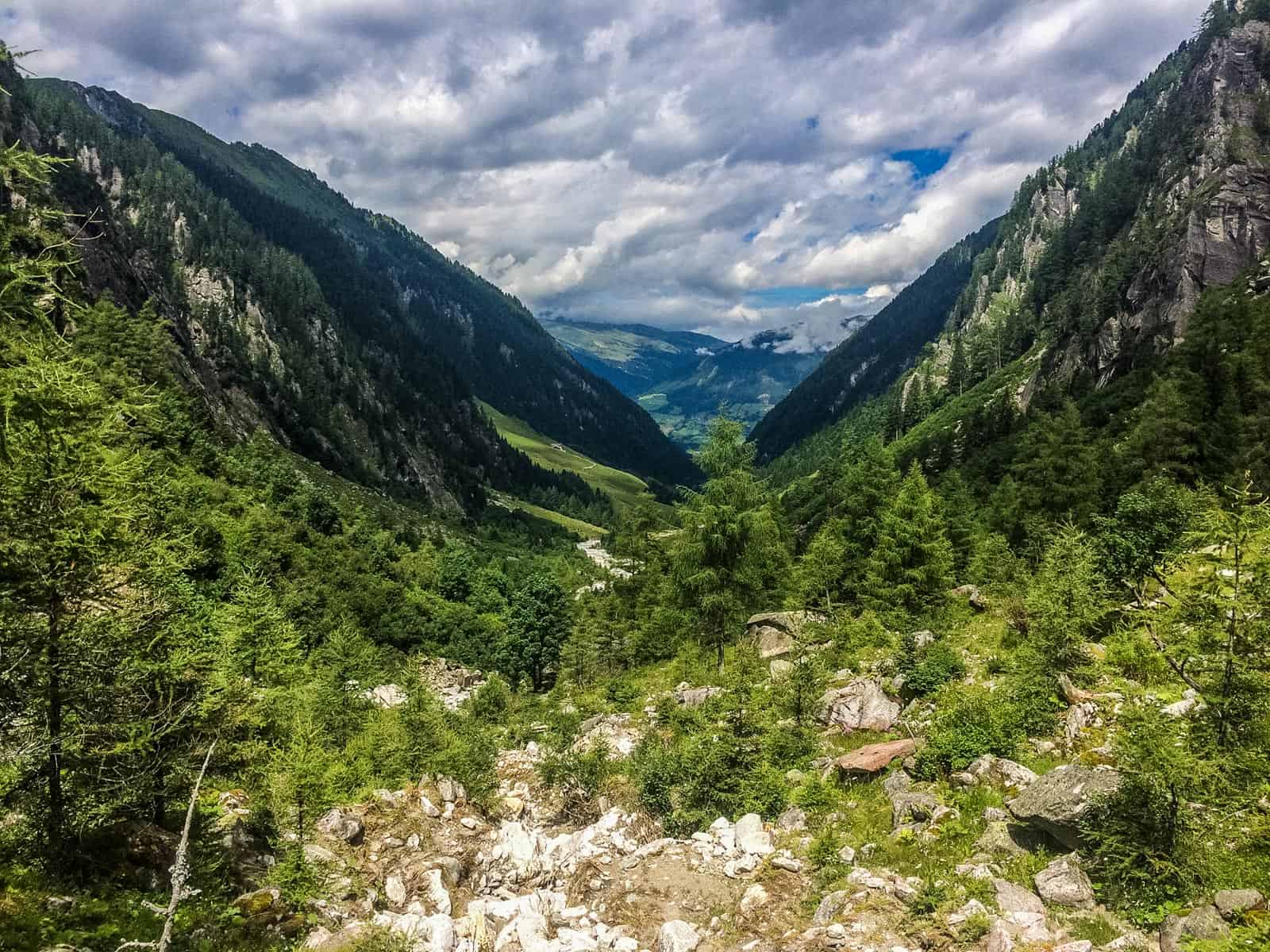
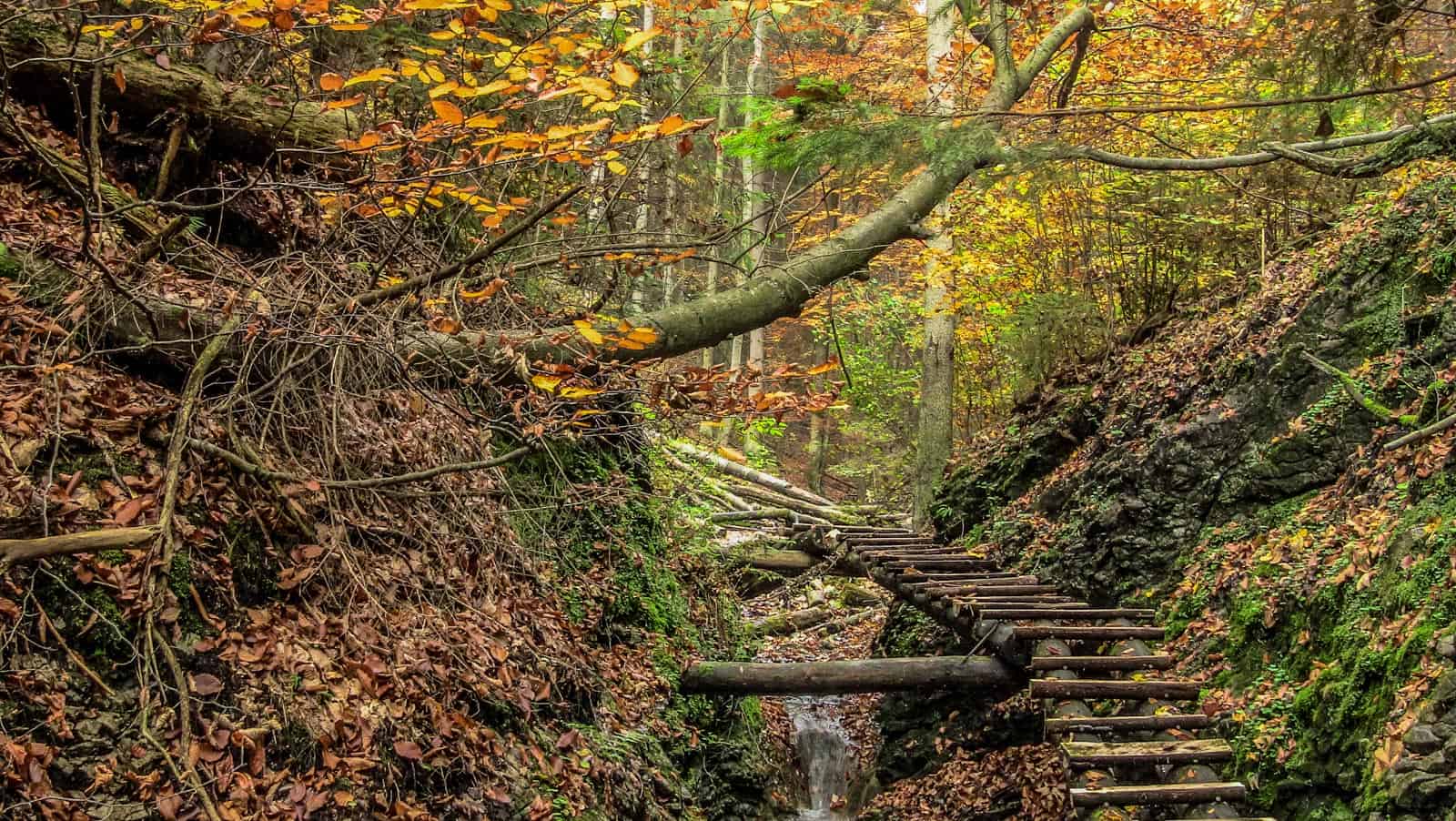
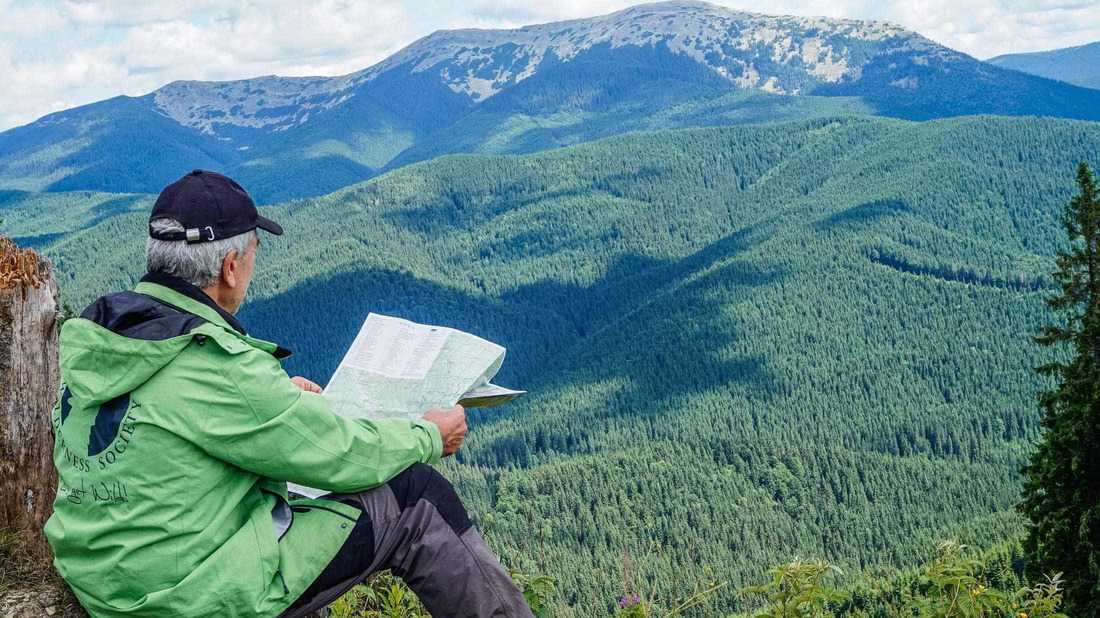

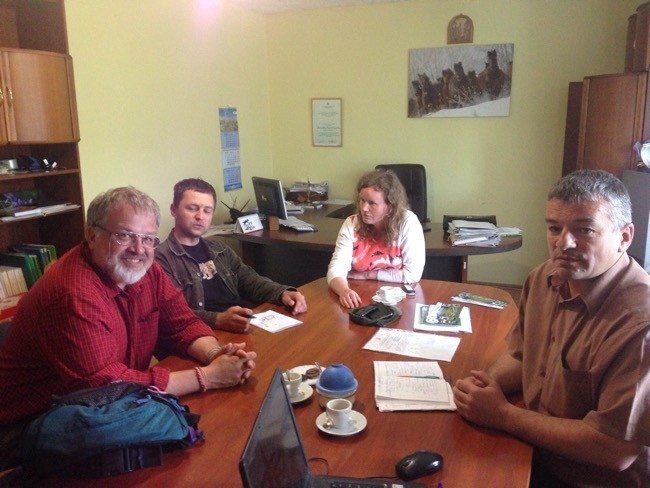
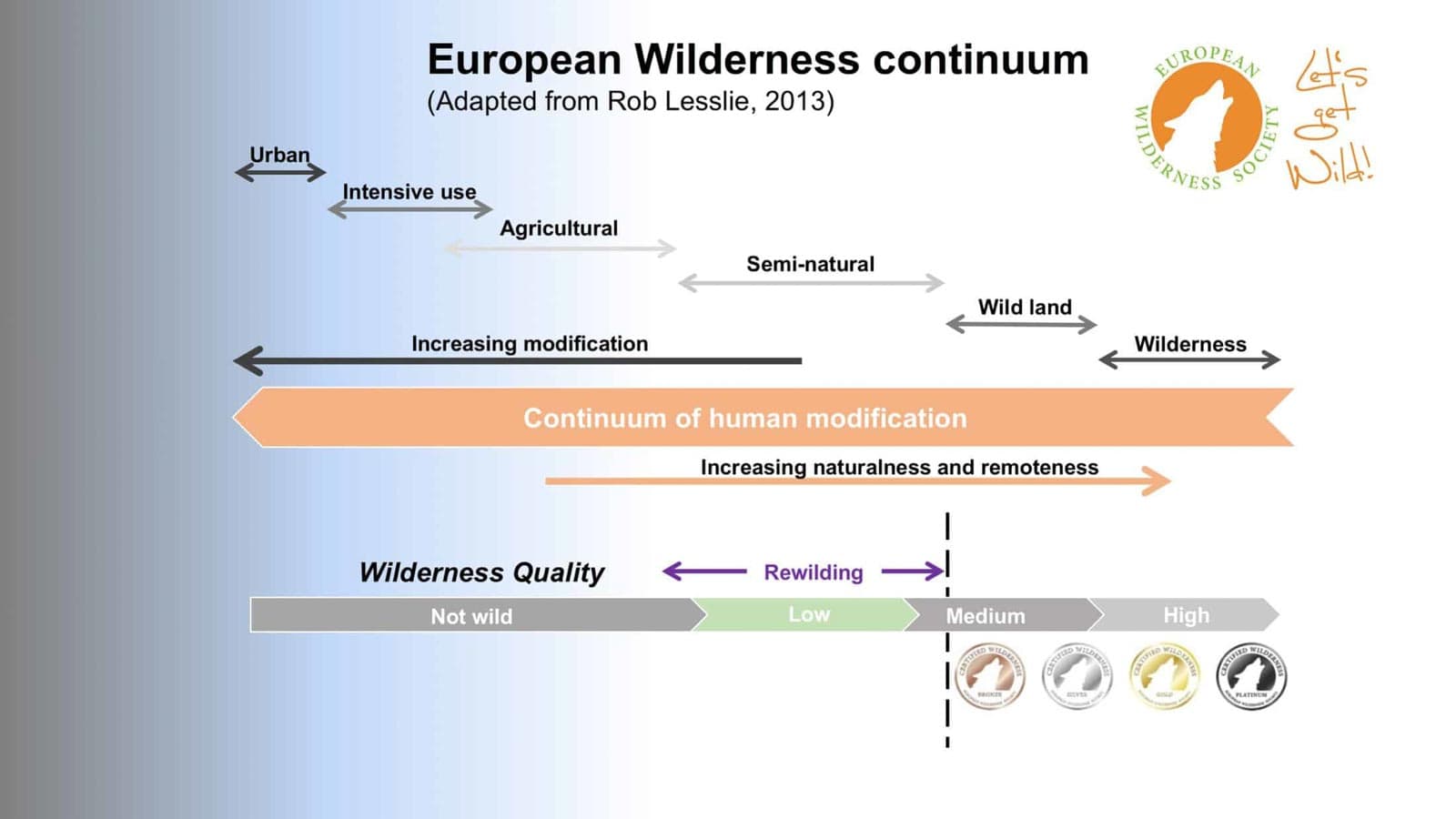
Dear Harald,
thank you for your interest and attention. It seems like the last edit slipped through during our holiday break. The first part can be found here: https://wilderness-society.org/cultural-landscapes-of-the-past-as-wilderness-of-tomorrow/
I hope the information within will answer you questions.
Dear Jonas,
Many thanks for your input! I could not find the first part of this article, but nmaybe you can help me. In your statement I missed the connections to the social and political backgrounds of cultural landscapes, eg for the Greek situation the impacts on forests during the Antique period of war leading societies with huge need of wood for vessels and the period of dependency from the Ottoman Empire. That would help to clarify relevant points of necessities for species conservation, food production and recreation. Best wishes Harald